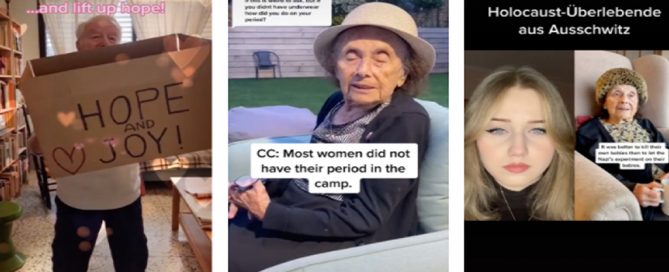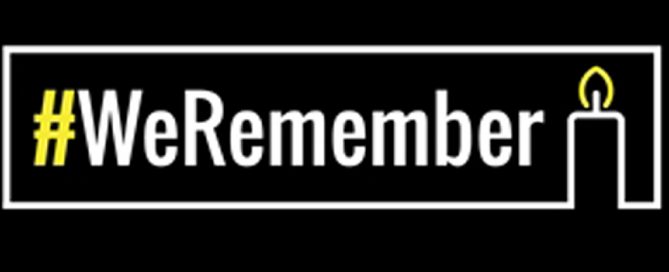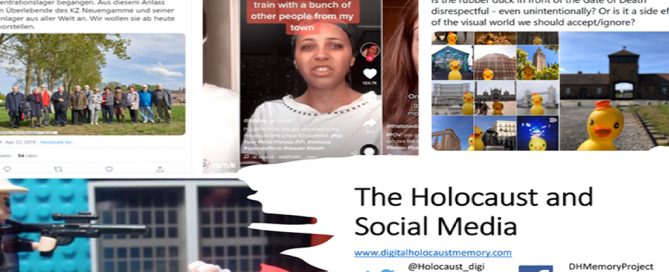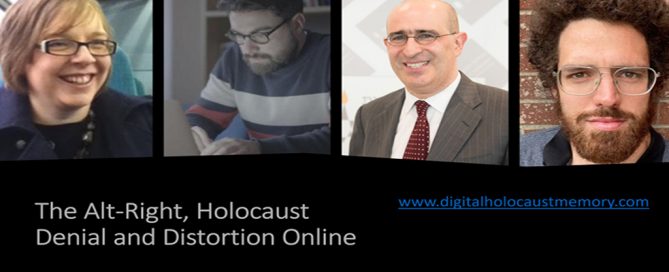Recommendations for using Social Media for Holocaust Memory and Education
The recommendation reports, published as part of the Digital Holocaust Memory Project, underpin the objectives of the Landecker Digital Memory Lab. Their findings feed into all of the work that we now do. Forward The social media landscape is ever-changing as is its relationship to Holocaust memory and education. In the earlier days of Facebook and Twitter's dominance, there was a clear divide of opinions in the Holocaust sector. On one hand, some institutions were early adopters (notably the Auschwitz State Museum) and others experimented with the affordances of these platforms such as the team at Grodzka Gate, Lublin extending the analogue practice of school pupils sending letters to child Holocaust victim Henio Zytomirski onto Facebook and the United States Holocaust Memorial Museum's 'tweet-up' hybrid architecture tour. On the other hand, expressions of hesitance about these participatory spaces informed the need for the International Holocaust Remembrance Alliance's Education Working Group to establish guidelines for using social media in this context (2014). As practice grew, it also became somewhat formalised with most organisations predominantly focusing on Twitter, Facebook and Instagram for public engagement work, and most content presenting traditional curation of historical sources with additional narrative, promoting the organisation's offline (or [...]








